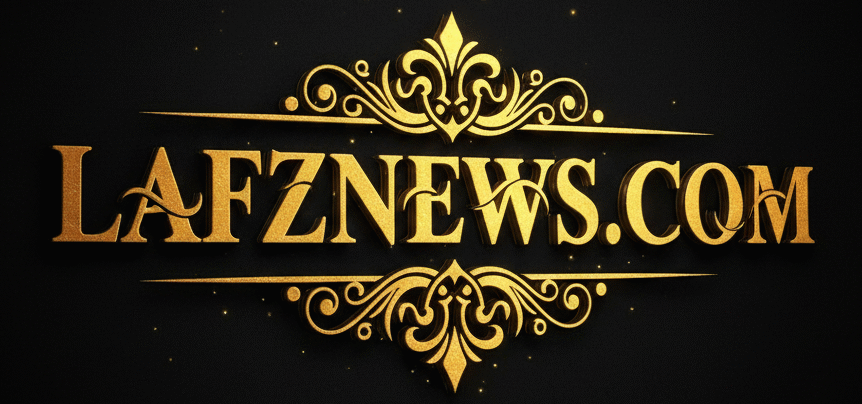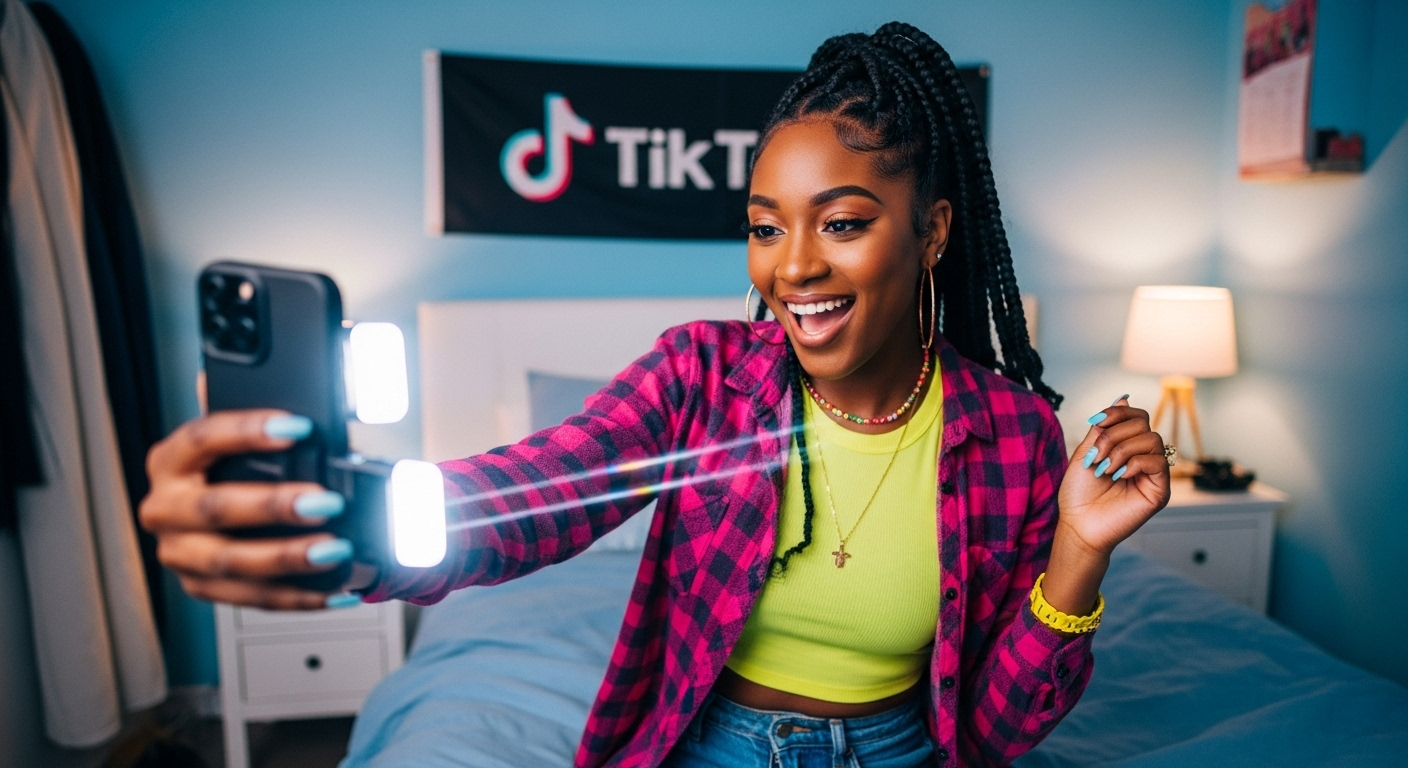Global TikTok Bans
tiktok-global-bans-violations-2025 Global Content Violations and Bans of TikTok: The Recent Developments of 2025
TikTok has been facing severe international pressure due to issues of national security to toxic contents. By June 2025, various countries imposed bans, limitations, or financial penalties, sometimes based on the argument that the platform does not censor the content that is potentially harmful to the health or social stability of the population or data security.
more information lafznesw.com

TikTok Ban Prompted Immunity Promises to 10 Tech Companies
Global Content Violations and Bans of TikTok
Introduction
In 2025, TikTok remains a global paradox: available in over 150 countries with more than 2.1 billion users, yet facing bans or restrictions in 23 countries. This article examines the complex landscape of global TikTok bans, content violations, and the regulatory frameworks shaping social media governance.
Key Developments
- EU Charges: TikTok faces potential fines up to 6% of ByteDance's global revenue for DSA violations
- US Divestiture Deadline: Extended to September 2025 after President Trump's third executive order
- Global Content Bans: #SkinnyTok prohibited worldwide to address harmful weight-loss content
- India's Permanent Ban: Still in effect since 2020, affecting 200 million users
Global Regulatory Frameworks
Different countries have implemented distinct regulatory approaches to social media platforms like TikTok:
Digital Services Act (DSA)
Enacted: 2022, fully effective 2024
Key Provisions: Requires quick removal of illegal content, transparency in moderation, and special protections for minors.
TikTok Impact: Charged in May 2025 for inadequate child protection. Previously fined €345 million for children's privacy breaches.
Protecting Americans from Foreign Adversary Controlled Applications Act (2024)
Enacted: April 2024, upheld by Supreme Court January 2025
Key Provisions: Requires ByteDance to divest TikTok's US operations or face a ban.
Recent Developments: President Trump has delayed enforcement three times (Jan, Apr, Jun 2025), with current deadline set for September 2025.
Information Technology Act (IT Rules, 2021)
Enacted: 2000, amended 2021
Key Provisions: Requires removal of unlawful content within 36 hours and mandates local compliance officers.
TikTok Impact: Permanently banned in June 2020, affecting 200 million users. Extended to 58 other Chinese apps.
Cybersecurity Law & Data Security Law
Enacted: 2017 & 2021
Key Provisions: Requires data localization and government oversight of content.
Impact: TikTok (international) doesn't operate in China. Its domestic equivalent Douyin complies with strict censorship rules.
Countries with TikTok Bans
As of June 2025, 23 countries have implemented full or partial bans on TikTok:
| Country | Ban Date | Type | Primary Reason |
|---|---|---|---|
| India | June 2020 | Full Ban | National security & data protection |
| Afghanistan | April 2022 | Full Ban | Violation of Islamic laws |
| Nepal | November 2024 | Full Ban | Social disharmony |
| Somalia | August 2023 | Full Ban | Pornography & violent extremism |
| United States | April 2023 | Partial Ban | National security concerns |
| UK, Australia, Canada | March 2023 | Partial Ban | Government devices only |
| France, Germany, EU Institutions | March 2023 | Partial Ban | Cybersecurity risks |
Note: Pakistan and Indonesia previously implemented temporary bans that have since been lifted.
The U.S. TikTok Ban Timeline
Protecting Americans Act passed - Requires ByteDance to divest TikTok US operations by January 19, 2025.
Supreme Court upholds ban - TikTok experiences 12-hour shutdown in the US.
First extension - President Trump grants 75-day extension (to April 2025).
Second extension - Another 75-day extension granted (to June 2025).
Third extension - Executive order extends deadline to September 2025.
Potential outcomes: US ownership consortium, complete ban, or further extensions.
Potential US Buyers
- Oracle's Larry Ellison
- Elon Musk (X/Twitter)
- Amazon
- Frank McCourt (former LA Dodgers owner)
- MrBeast-led investor group
TikTok's US operations are valued at over $100 billion - more than double Twitter's acquisition cost.
TikTok's Response and Adaptation
Content Moderation Efforts
TikTok has implemented several measures to address regulatory concerns:
- Global ban of #SkinnyTok and similar harmful content
- Enhanced age verification systems for minor protection
- Algorithm adjustments to limit harmful content amplification
- Increased transparency reports on content removal
Project Texas
TikTok's $1.5 billion initiative to address US security concerns:
- US user data migration to Oracle Cloud infrastructure
- Creation of a US-based oversight board
- Third-party auditing of algorithms and content moderation
- Rejected by US regulators as insufficient
Business Expansion
Despite regulatory challenges, TikTok continues to grow:
- TikTok Shop now active in 15 countries including US, UK, Germany, and Brazil
- Expansion of creator monetization programs
- Increased investment in educational and informative content
- Development of AI content moderation tools
Global Impact and Future Outlook
Economic Consequences
TikTok bans have significant economic implications:
- US ban would impact 137.9 million users and $24 billion in economic activity
- India's ban eliminated an estimated $1 billion creator economy
- EU fines could reach 6% of ByteDance's global revenue
Free Speech vs. Regulation Debate
The TikTok situation highlights key tensions in internet governance:
- Balancing national security with digital free trade
- Reconciling content moderation with free expression
- Addressing platform accountability while maintaining Section 230 protections
- Developing international standards for cross-border data flows
Future Projections
Possible scenarios for TikTok in 2025-2026:
- US Divestiture: Most likely outcome with consortium purchase
- Increased Regionalization: Different versions for different markets
- Enhanced Compliance: Stricter age gates and content controls
- Platform Fragmentation: More countries developing domestic alternatives
Global Digital Policy Report 2025
This report synthesizes the latest developments in social media regulation with a focus on TikTok's global status.
© 2025 Global Digital Policy Institute. All rights reserved.
Background and Context
Trump's Third TikTok Ban Delay: Legal Defiance or Strategic Move?
Former President Donald Trump has issued a third executive order delaying enforcement of the TikTok ban, extending the deadline for ByteDance to divest its U.S. operations until September 17, 2025. This unprecedented move marks the third time Trump has bypassed the congressionally mandated deadline since January 2025, creating a constitutional gray zone and raising fundamental questions about executive authority versus legislative intent :cite[1]:cite[2].
Core Conflict
- Legal Mandate: The bipartisan Protecting Americans from Foreign Adversary Controlled Applications Act (2024) requires TikTok to sever ties with Chinese ownership or face a U.S. ban
- Executive Action: Trump's unilateral delays circumvent the law's enforcement mechanism despite Supreme Court upholding
- National Security vs. Pragmatism: 170 million users and 7.5 million businesses hang in the balance :cite[1]:cite[4]
Timeline of Constitutional Tension
Bipartisan Law Passed: Congress mandates ByteDance to divest TikTok US operations by January 19, 2025, allowing only one 90-day extension under specific conditions :cite[2]:cite[4].
Platform Goes Dark: TikTok briefly disappears from U.S. app stores as the ban takes effect hours before Trump's inauguration :cite[2].
First Extension: On his first day in office, Trump issues executive order granting 75-day reprieve despite no certification of divestiture progress to Congress :cite[2]:cite[4].
Second Extension: Trump grants another 75-day delay after a potential Oracle-led acquisition collapses following new tariffs on China :cite[2]:cite[4].
Third Extension: Trump bypasses statutory limits again with a 90-day extension via executive order, claiming negotiations require more time :cite[1]:cite[4].
The Legal Controversy
Statutory Violation
The 2024 law explicitly permits only one 90-day extension if the President certifies significant divestiture progress to Congress. Trump's three delays (totaling 240 days) operate outside this framework :cite[2].
Executive Overreach Claims
Senator Mark Warner (D-VA) asserts: "An executive order can't sidestep the law, but that's exactly what the president is trying to do." The administration hasn't clarified its legal justification despite requests :cite[1]:cite[3].
Enforcement Purgatory
Tech companies supporting TikTok (Apple, Google, Oracle) operate in legal limbo. As Professor Calo notes: "Every company helping bring TikTok to Americans is technically violating an act of Congress" based solely on presidential assurances :cite[2].
Trump's Motivations: Politics and Pragmatism
Political Calculations
Trump has developed a "warm spot" for TikTok since joining the platform, crediting it with boosting his youth engagement. His Truth Social announcement of the latest extension underscores the platform's strategic value for his 2028 ambitions :cite[1]:cite[4].
Geopolitical Leverage
The delays coincide with renewed U.S.-China trade talks. As White House officials noted, extensions provide "more time to broker a deal" amid complex negotiations where TikTok has become a bargaining chip :cite[1]:cite[2].
Economic Realities
White House Press Secretary Karoline Leavitt emphasized protecting "7.5 million U.S. businesses" reliant on TikTok. Abrupt enforcement would disrupt a $24 billion economic ecosystem weeks before election season :cite[1]:cite[4].
Potential Outcomes and Implications
Scenario 1: Divestiture Deal
Possible buyers include Oracle (data oversight), Amazon (full acquisition), or a MrBeast-led consortium. Trump's extensions aim to facilitate this "ideal solution" but face Chinese approval hurdles :cite[2]:cite[4].
Scenario 2: Judicial Intervention
Congressional lawsuits may force enforcement if delays continue past September. Legal scholar John Acevedo notes courts could reject Trump's interpretation of executive authority :cite[4].
Scenario 3: Permanent Limbo
Analysts describe TikTok's status as "deadline purgatory." With public opposition to a ban growing, Trump may continue bypassing enforcement through "temporary" reprieves :cite[1]:cite[2].
Broader Constitutional Precedent
- Expands presidential authority to selectively enforce laws
- Sets template for future tech-regulation standoffs
- Undermines congressional national security mandates
Global Implications
Trump's approach signals to allies like the UK, Australia, and Canada—which implemented partial bans—that U.S. policy may prioritize economic interests over security consensus. This fragmentation weakens the united front against Chinese tech influence :cite[1]:cite[3].
Global Digital Policy Report 2025
This analysis synthesizes legal, political, and economic dimensions of the ongoing TikTok standoff.
© 2025 Global Digital Policy Institute. All rights reserved.
updates on global TikTok bans since June 2025, with the U.S. ban enforcement extended to September 17, 2025.

Other Countries' Actions

Date | Event |
|---|---|
April 24, 2024 | “Divest or Ban” law passed: Protecting Americans from Foreign Adversary Controlled Applications Act, effective January 19, 2025. |
January 17, 2025 | U.S. Supreme Court upheld the ban, effective January 19, 2025, unless ByteDance divests. |
January 19, 2025 | TikTok shut down briefly but restored service after Trump’s promise; new downloads blocked in app stores. |
January 20, 2025 | Trump issued an executive order delaying enforcement for 75 days. |
February 13, 2025 | Apple and Google restored TikTok to app stores after Attorney General assurance. |
April 4, 2025 | Trump extended the sale deadline another 75 days via executive order. |
June 19, 2025 | Trump extended the sale or ban deadline to September 17, 2025, via executive order. |
July 6, 2025 | TikTok plans U.S. version release on September 5, 2025, existing app to work until March 2026. |
Country | Date | Action |
|---|---|---|
Australia | November 28, 2024 | Banned all social media apps for people under 16, including TikTok. |
Canada | November 6, 2024 | Ordered dissolution of Canadian TikTok business after security review. |
Romania | December 6, 2024 | Called off presidential election, citing TikTok interference, ordered re-do. |
Albania | December 21, 2024 | Banned TikTok for one year, citing violence incitement after teen stabbing. |
- Britannica provides detailed U.S. federal and state ban information, updated as of July 21, 2025, confirming the September 17 deadline.
- White House official documents, such as the executive order from June 19, 2025, verify the extension.
- Demand Sage reports 23 countries with bans as of 2025, aligning with earlier findings.
- Social media posts, such as those from @disclosetvand@PopBaseon X, confirm the June 19 extension, with high view counts indicating public interest.
At just 9 years old, Binita Chhetri from Assam has taken the internet by storm with her incredible dance talent and expressive performances. Her journey from a small town to national recognition is nothing short of inspiring. Featured in countless viral videos and loved by fans across the country, Binita Chhetri is proving that age is no barrier to talent. Her story continues to motivate young dreamers everywhere.




Pingback: Man city vs Football Sports would cap